Isidro Ramirez – Common Love
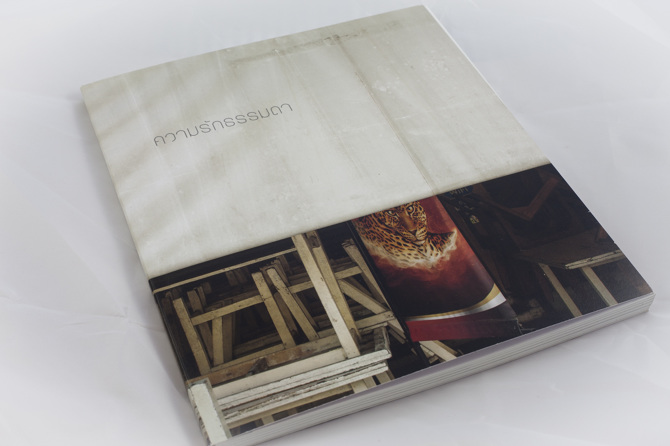
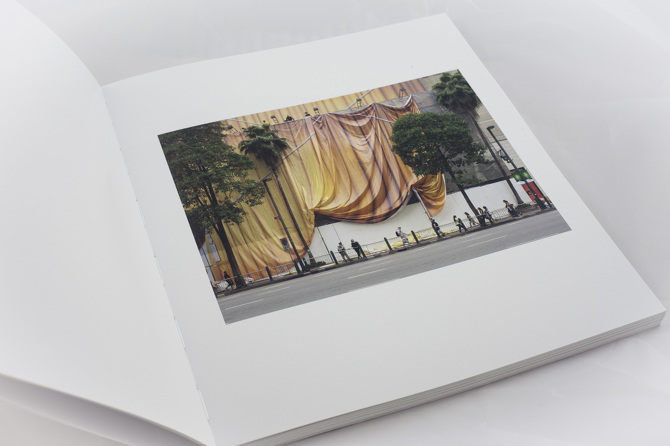
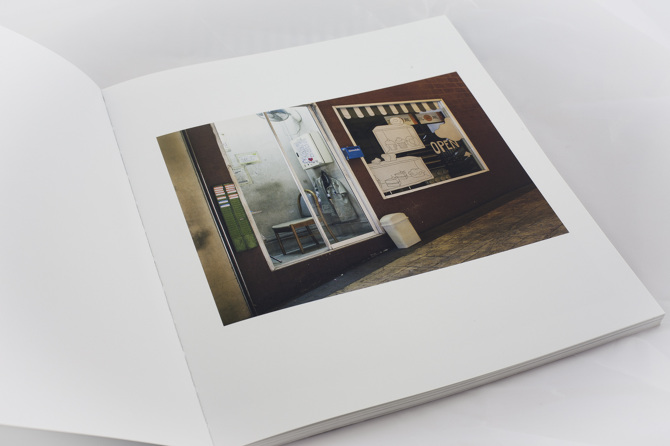
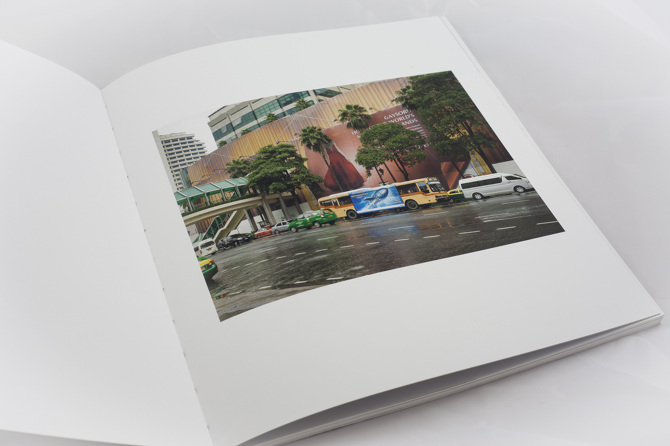
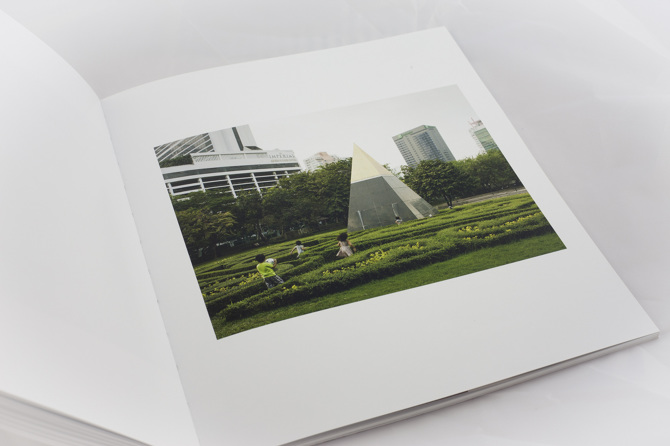
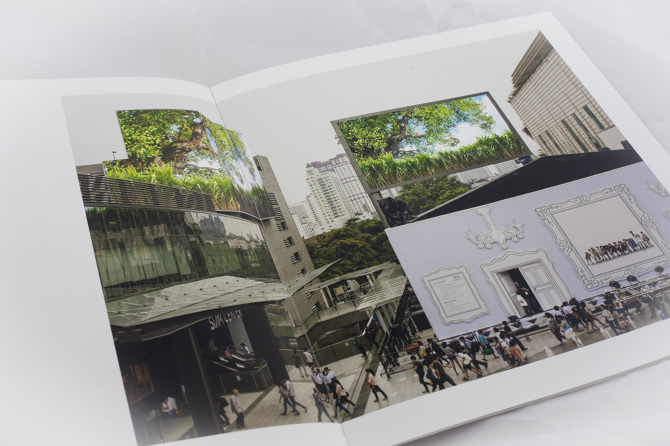
(Spreads courtesy of The Velvet Cell)
Artist: Isidro Ramirez
Title: Common Love
Publisher: The Velvet Cell
Year: 2014
BUY
All cities have repeating patterns. Either by choice or design, these patterns evolve or are imposed, guiding daily life—a cacophonous leitmotif of concrete, glass, trees and people. Causeways, markets, weekly rituals, going to work. Most urban spaces are also stubborn. They bend and resist the needs and desires of the people who live there, struggling to accommodate the competing demands of culture, commerce and daily life. Like many cities in Asia over the past thirty years, Bangkok has evolved rapidly. Glass skyscrapers line asphalt beltways and modern technical conveniences abut ancient Buddhist temples. Isidro Ramirez’ Common Love looks at the dynamic and evolving cityscape of Bangkok. Although seemingly cool and distant, his casual images of streets and buildings reveal a world of complex cultural assertions and longings—a city rushing to the future, making room for the past, and allowing the present.
Bangkok… Its full name is a rolling chorus… City of angels, great city of immortals, magnificent city of the nine gems, seat of the king, city of royal palaces, home of gods incarnate, erected by Visvakarman at Indra’s behest…..
Sung by schoolchildren and recited by adults, Bangkok’s full name, wraps history, power and religion into might verse. There is power in naming. Yet, however long, they’re only partial. Ramirez does not try to contain this dynamic city, no single set of images can do that, nor does he play to the exotic allure Westerners imagine when they hear its name. Golden Buddhas, palaces, monks in saffron robes. We’re given none of these things, but Ramirez’s portrait still feels complete in its partial and honest glances. A Buddhist statues rests in front of a shuttered storefront; concrete animals frolic in city parks; billboards meekly hawk their wares through the chaotic wires and glass of the city street; and traditional houses discreetly hide behind stonewalls. We see a modern city with a rich ancient history, alive and present. And, instead of monks in saffron robes, we have a modern building, wrapped à la Christo and Jeanne-Claude. Orange ripples fluttering. The curtain is lifting, greeting us in the book’s opening pages, and inviting us to look more closely.
Nicely designed and printed, Common Love is a book that demands closer attention. Quiet and often distant, Ramirez’s casual street scenes and cityscapes reveal an attention to the subtle signifiers of the city’s polyphonic voice. Hearing those voices not only requires attuned observation, but also affection for one’s subject. Ramirez clearly loves Bangkok, as do its many inhabitants. This love, like the common love for any city, lies in its shared possibilities—the hope of a city becoming and the memories of a city past. To live in, or love, any city means accepting this fragile relationship. Love is complicated, especially when over 7 million people share it.
